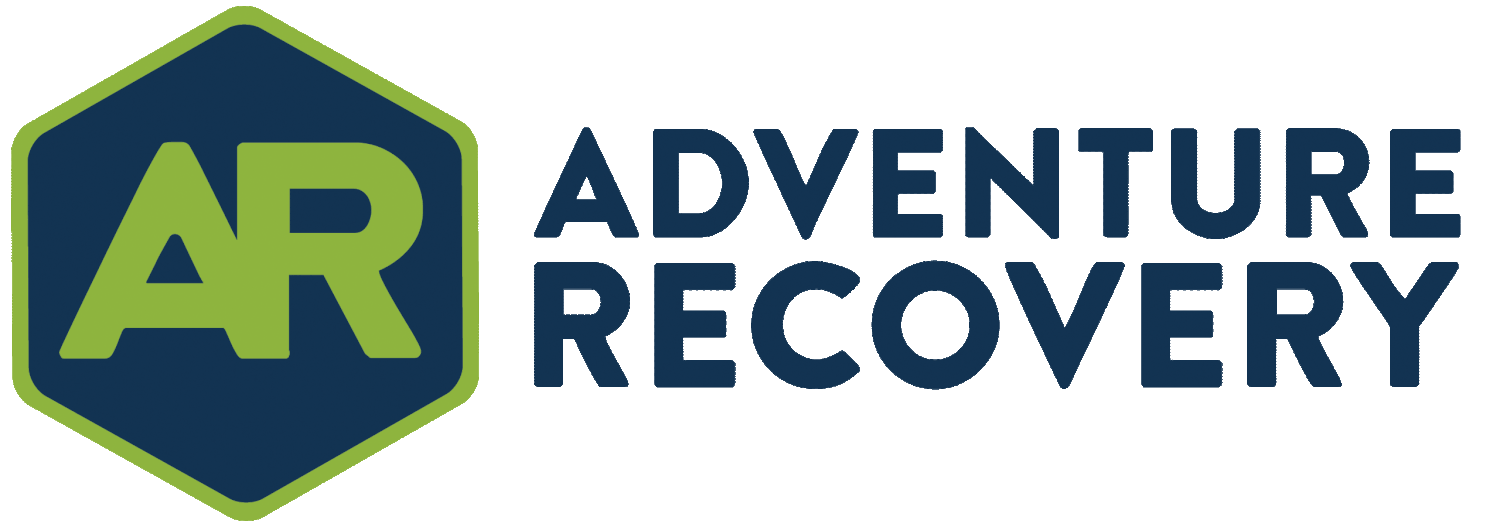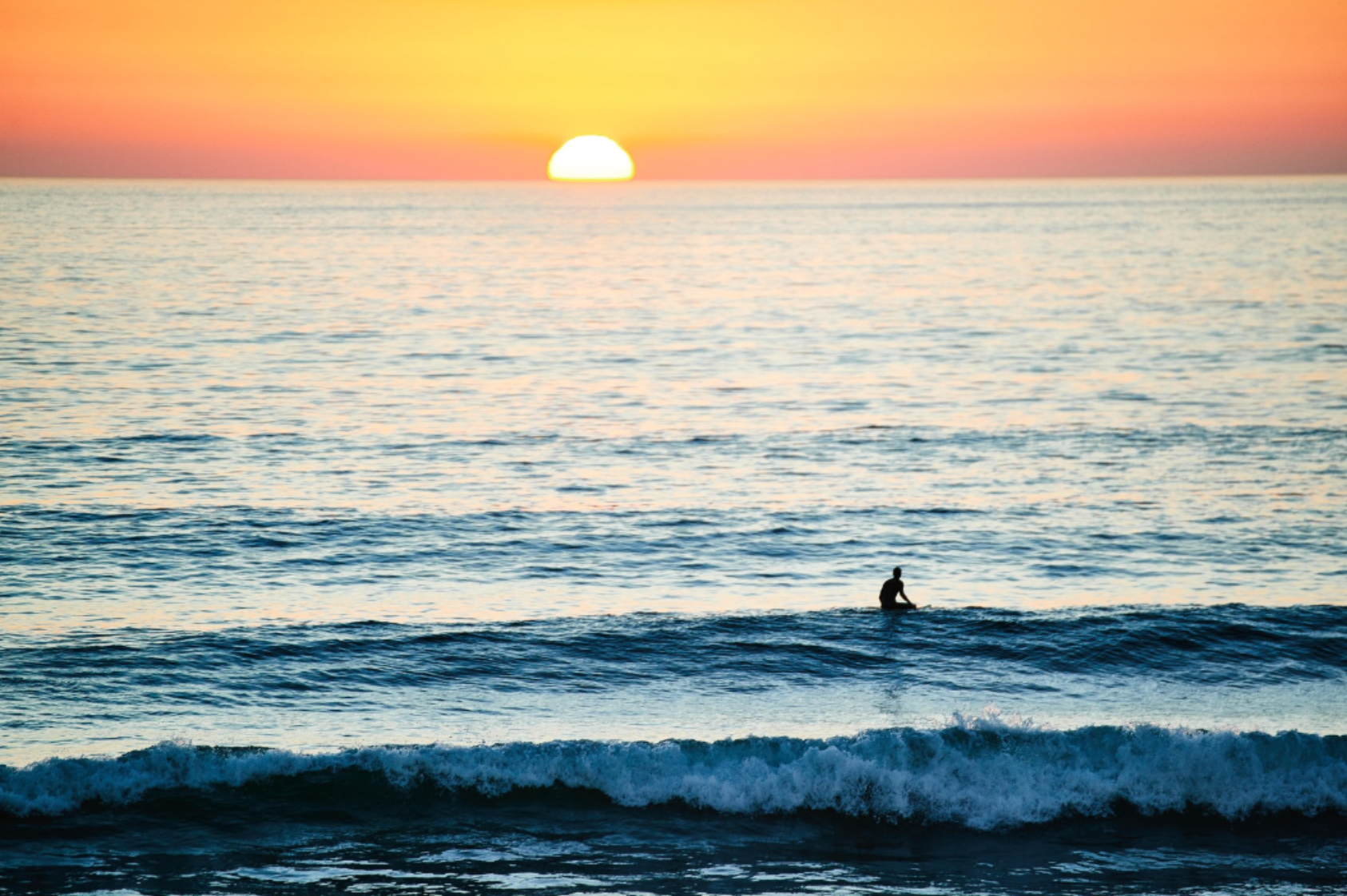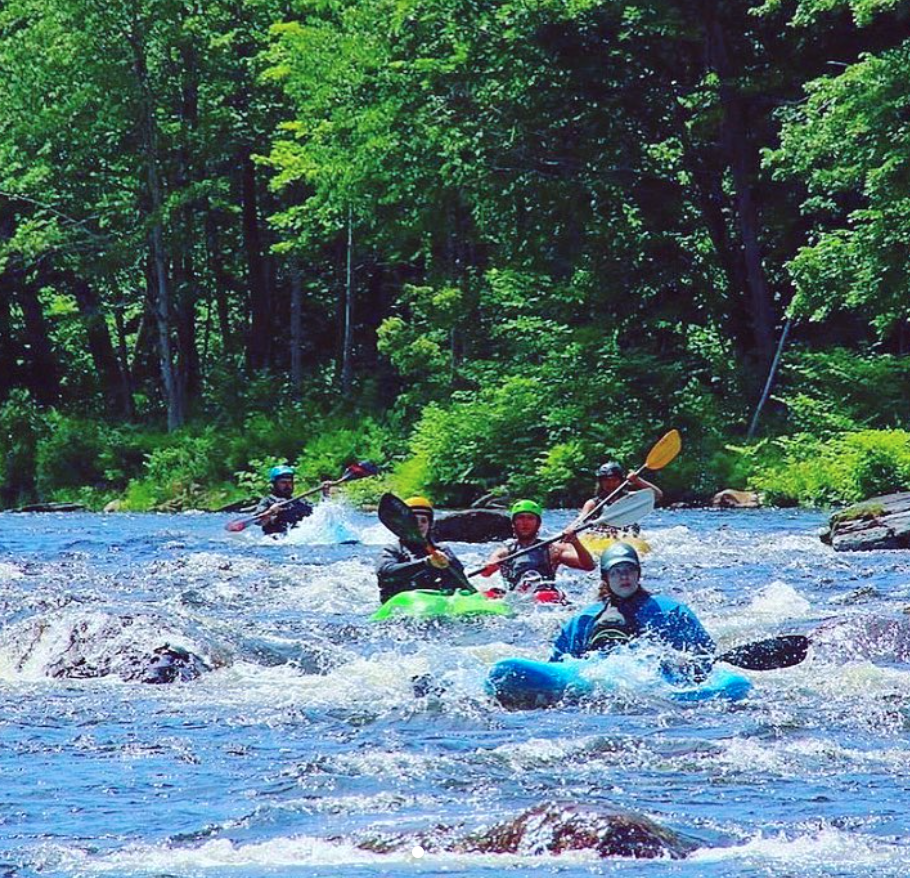Often, people ask “what does AR actually do?” We go outside, of course, but what else? What do we do outside? Where does healing truly happen? How are patterns of behavior being recognized and transformed in outdoor settings? What really generates positive outcomes? It can seem complex or perplexing when one has not had the direct experience. But there are a few things we know, unequivocally.
The way we feel—also called mood—is influenced by a complex neural network mediated by hormonal activity and neural transmitters. For those of us who have suffered with mental health and substance use disorders, we often unknowingly employ maladaptive coping mechanisms to alter these brain chemicals. This is also called self-medicating. The desired outcome typically is to achieve what we imagine happiness to feel like. In addition, many of us have experienced trauma, whether it be abuse of some sort, relational trauma, or other forms of suffering. The motivation varies but elation, euphoria, and escape are just a few of the mental states many seek. Whether it is alcohol, stimulants, opiates, sex, dangerous behaviors—the external device is not relevant—the importance is placed on the change, the outcome. What we know is that we can alter these states and feelings naturally, in various healthy ways, achieving the exact result we sought through harmful pathways. This is hugely transformative. We can make ourselves feel good, through awareness, empowerment, and applied tools.
Why Adventure Recovery
Adventure activities stimulate various aspects of our mental and physical health, resulting in positive outcomes that can be sustained over time. This is what we seek: good vibes. Literally. Sadly, many of us have forgotten the sense of freedom and pleasure we experienced as kids, exploring the woods, playing with friends, being active, outside. Some may have never experienced this, especially younger generations growing up with smartphones, tablets, and the internet of things. What’s worse, we don’t necessarily know how to create change. But the truth is, we can not only trigger beneficial shifts, but we can solidify the positive patterns through an adventure lifestyle.
Happy Hormones and Mood
Our mood can dramatically impact our mental health. Furthermore, we’ve learned, from decades of experience, that we can directly impact mood through behavior—NOT through thinking. Many of us learn this in therapy or a 12-step program: we can’t necessarily think ourselves out of anything. We must act. This is the foundation for what we do. Move a muscle, change a thought.
The impact of what activities we do in our daily lives is multifaceted, affecting the physiological, psychological, social, and spiritual realms of our lives. When we collaborate with peers in outdoor settings, sharing similar goals and desired outcomes, we engage different parts of the brain. Healing happens somatically, psychically, physically, and emotionally, which is part of why we know the AR approach works. What’s more, through these particular activities, we experience the beneficial release of healthful hormones and activation of neural transmitters that help regulate our nervous systems, engage new tools for self-regulation and balance, and improve overall wellness.
Here is a diagram of some of the brain activity stimulated through AR programming and mentorship.
Happy Hormones
Hormones are chemicals produced by different glands in the body. They are messengers that play a part in many bodily processes, including regulating mood. Some hormones, such as cortisol, cause elevated stress and sympathetic nervous system responses. Other hormones promote positivity, including sensations of happiness and pleasure. To be clear, in this context, we are using the term hormone a bit loosely. There is a distinction to be made between hormones and neurotransmitters. The two are different chemical messengers— hormones are produced by the endocrine glands and the neurotransmitters by the nervous system. Regardless, both chemical varieties impact the brain, and thereby our state of mind. This is significant.
What are Happy Hormones?
Endorphins. These neurotransmitter molecules (often referred to as hormones) serve as a natural pain reliever that your body produces in response to stress or discomfort. They are based in the pituitary and hypothalamus glands in your brain. Endorphin levels typically increase during reward-producing activities, such as eating, sexual activity, and exercise. Studies reveal that consistent, rather than intermittent, exercise leads to the release of endorphins. In addition, eating, meditation, and yoga are other practices that release endorphins leading to deeper feelings of well-being and improve mood.
Serotonin. This hormone is a neurotransmitter that helps regulate mood and sleep, impacting digestion, learning, and memory. Research shows that we release this hormone when in direct sunlight.
Dopamine. Also called “feel-good” hormone, dopamine is a neurotransmitter that is part of the brain’s reward system. Dopamine is associated with pleasurable sensations, along with learning, memory, executive function, and more. Science confirms that exercise regulates the release of dopamine, decreasing depression and anxiety while increasing one’s sense of ease.
Oxytocin. Oxytocin, sometimes called the “love hormone”, is a vital part of intimacy. In addition, it is released during childbirth, breastfeeding, and parent-child bonding. This hormone increases sensations of trust and bonding in relationships. Also, oxytocin levels increase during intimacy. Positive, nourishing relationships play a part in the way oxytocin impacts our daily life. In particular, healthy social interactions and closeness activate are proven indicators of psychological and physiological wellness related to oxytocin.
Gaba. Gamma-aminobutyric acid (GABA) is an amino acid that serves as a primary inhibitory neurotransmitter. GABA can slow or block certain nerve signals in the brain, sometimes reducing feelings of stress, fear, or anxiety. Without the right level of GABA activity, nerve cells can be activated in ways that exacerbate certain conditions, like anxiety. Science illustrates the ways in which movement and exercise help optimize GABA function.
Adrenaline. Adrenaline is a hormone released by the adrenal glands that activates fight-or-flight sympathetic nerve activity and heightens our capacity in stressful situations. People in our culture tends to be oversaturated with adrenaline, sadly, due to high-stress, low-activity lifestyles. This is demarcated by chronic anxiety and depression. The research demonstrates that healthy, tempered doses of adrenaline can potentially be beneficial. Outdoor activities allow individuals to experience manageable bites of excitation, also called an adrenaline rush. When we experience a “natural high”, especially one that emphasizes feelings of well-being and elation, without the negative repercussions that come from unhealthy addictive behaviors (vaping, eating, sex, gambling, alcohol, drugs, smoking, etc.)
How We Experience Happy Hormones
Happy hormones contribute to many different aspects of one’s health and wellness including decreasing stress levels and increasing feelings of belonging and purpose. Here’s a look at how we make the most of these natural mood-boosters.
Adventure Recovery activities start with a commemoration and a shared sense of space, ritual, and goals to create common understanding toward skills development. In addition, ritual increases feelings of connection and community.
AR adopts an adventure mindset of always exploring and a sense of teachability that sets the stage to delve into new, mentally and physically challenging experiences to heighten learning. An adventure mindset allows us to experience each moment as something new, innovative, and educational, framing our awareness, and at times even our sense of self, in what some yoga practices refers to the beginner’s mind—a teachable stance, evolving and growing. This beginner mode creates flexibility and openness, which in turn encourages us to explore beyond our established comfort zones, to safely take risks and push ourselves. This process of getting comfortable being uncomfortable is not something many of us in recovery are used to. Also, it’s hugely beneficial for our mental health and resilience. Science teaches us that rigidity causes broken bones in accidents. It also impacts our mental health when the mind is rigid, fixates, and resigns oneself to the same neural pathways, the same inner thoughts, the same behaviors day after day.
We engage in full-body, high octane activities that get all systems moving. Exercise performed consistently helps the body regulate hormone production. It also releases endorphins. What’s more, the way we exercise at AR is usually with other like-minded people, seeking the same experience, and includes, at times, having to trust each other in hazardous situations. This level of trust runs deep and creates camaraderie that can release oxytocin.
We’re outside! The data is getting clearer by the day on this one. Nature is a balm for the body, mind, and spirit. Numerous studies show this to be true. Time outside directly affects us through exposure to sunlight and fresh air, through movement, through green spaces. Immersions have been proven to impact the cardiovascular system, reduce the stress hormone, cortisol, and improves overall disposition and reduces fatigue.
AR creates positive feedback loops. Often, in addiction, we get stuck in negative feedback loops. These are destructive patterns of thought and behavior that keep us trapped in unhealthy modes of being. As we recover, together, developing positive ways to connect with our bodies, our spirits, our hearts, we start to learn lifelong behaviors to feel good. We are rewiring the reward systems of the brain, establishing new neural pathways, and elaborating on our capacity for joy. This is our ultimate goal—to lead people to the pathway to their own sense of self-actualization, balance, and hope. To download the exact, individual recipe for success. This is what we do. Everyone has their own experience of what works for them. The AR Crew is no different. We each like specific activities that help us “get in the zone.” For Paula it may be river SUP; for Bernie it is climbing. Max finds the sweet spot ocean surfing and Katelyn is a whitewater kayaker through and through. Josh loves rafting and downhill skiing. Nate climbs. We each have our own adventure-based nature prescription.
Happy Hormones: Adventure as a Way of Life
Many of us suffered long, arduous paths of self-destruction before joining the Adventure Recovery community. We were stuck in negative patterns, and we struggled with eating disorders, substance use disorder, alcoholism, sex addiction, gaming problems, and other mental health illnesses. According to the National Alliance on Mental Illness, one in five experiences a mental health condition. In addition, 50% of all conditions are evident by age 14. Hence, the perfect time to start developing consistent positive behaviors is adolescence and young adulthood. If we can adapt behaviors when our brain is still developing, we have skills that will endure. This is a big reason why we work with teens and young adults. Plus, younger generations are realizing the way of life they inherited may not be the path they choose. We encourage exploration.
The wellness world advocates self-care. This is because the age-old “put your own oxygen mask on first” rule of survival holds true in every scenario. If we start from positive feedback loops steeped in self-awareness and healthy routines, stimulating the parasympathetic nervous system and building our resolve, we are prepared to handle anything. Isn’t that the ideal?
Images courtesy of Max Elder, Tim Walsh, Unsplash






